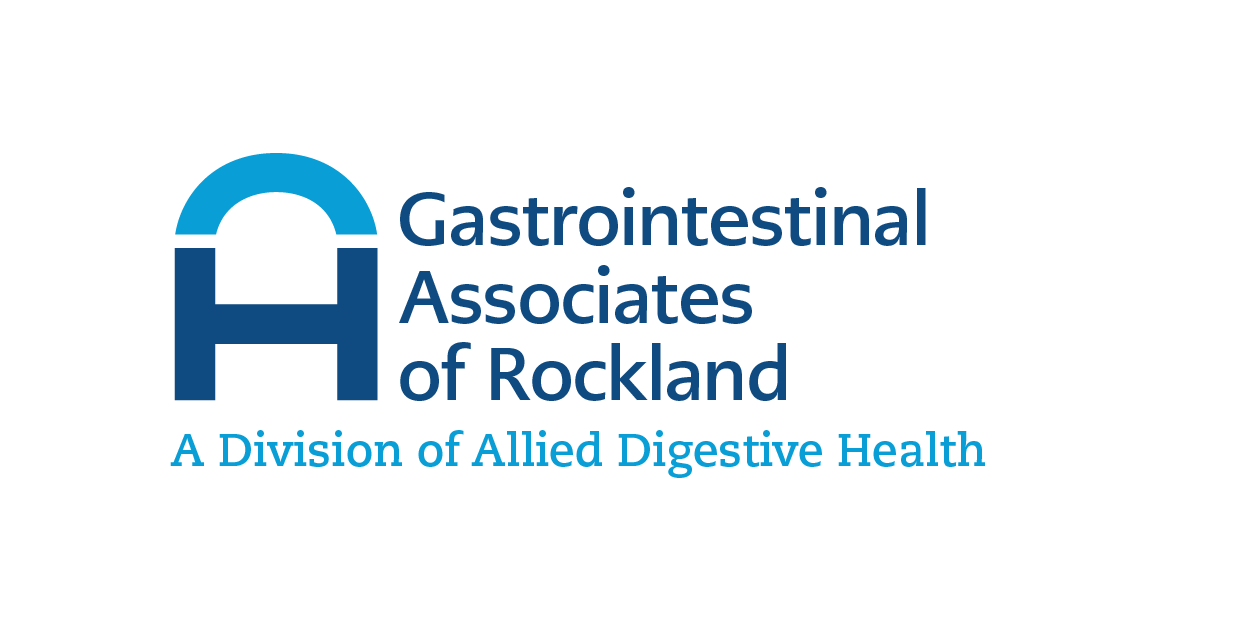What Is Variceal Banding?
Variceal banding is one method used to treat esophageal varices, which are enlarged tubes in the esophagus. This condition is most common in those who have serious liver disease. Varices develop when regular blood flow through the liver is blocked, often by a clot or scar tissue. Because the blood can’t get through, it will reroute through smaller blood vessels that aren’t intended to carry a heavy load. This causes blood to leak, or the varice can rupture, which is a life-threatening condition.
What Are the Symptoms of Esophageal Varices?
Esophageal varices typically don’t have noticeable symptoms until they begin to bleed. Then, most signs would be hard to ignore. The most common symptoms associated with esophageal varices include:
- Black, tarry stools
- Blood in the stool
- Vomiting blood
- Lightheadedness
- Easy bruising
- Jaundice (yellow discoloration of the eyes and skin)
- Ascites (fluid buildup in the abdomen)
If you experience any gastrointestinal symptoms that also involve blood, such as blood in vomit or the stool, you should let your gastroenterologist know right away. Esophageal varices are often diagnosed using endoscopy, imaging, such as CT scans and Doppler ultrasounds, and capsule endoscopy.
Am I at Risk for Esophageal Varices?
There are certain risk factors associated with esophageal varices. Many people with advanced liver disease develop the condition, however, most of these patients will not experience gastrointestinal bleeding. Risk factors for esophageal varices include:
- Having severe cirrhosis or liver failure. The more serious the liver disease is, the more common it is to develop bleeding from varices.
- High portal vein pressure. If pressure in the portal vein increases, so does the risk of bleeding.
- Red markings on the varices. If your physician notices red streaks on varices during an endoscopic procedure, this is a typical sign of gastrointestinal bleeding.
- Large varices. Larger varices are also more likely to bleed.
- Continuing to drink alcohol. If you have liver disease and continue to drink, varices can bleed, particularly if your liver disease is directly related to alcohol consumption.
How Are Esophageal Varices Treated?
The goal of esophageal variceal treatment is to prevent bleeding before it begins. However, if you are already experiencing GI bleeding, that is treatable as well. Treatments to prevent bleeding include:
- Beta-blockers to reduce portal vein pressure
- Variceal banding
If you are already experiencing bleeding, treatments include:
- Variceal banding
- Drugs that slow blood flow into the portal vein
- Using direct pressure on the varices to stop bleeding
- Transfusion and clotting factor to replace lost blood and clotting factor to stop bleeding
- Using transjugular intrahepatic portosystemic shunt (TIPS), a procedure that diverts blood flow away from the varices
- Liver transplant
Variceal banding is a noninvasive procedure that can both prevent and stop the spread of bleeding.
How Is Variceal Banding Performed?
Endoscopic variceal ligation, or variceal banding, is performed using an endoscope. Sedation is administered when you have an endoscopic procedure, so that you don’t feel anything during the procedure. Because of the sedation, you’ll need to make sure you have a ride home. Your physician will insert a long, thin tube in your mouth and down into your esophagus. The endoscope has a small camera attached to the end of it that allows your doctor to see the enlarged veins.
Your doctor will pass instruments through the scope and wrap a band around the vein to stop the blood supply. The vein will shrink over the following days to weeks.
What Happens After Variceal Banding?
After the procedure, you’ll be taken to a recovery room, where you’ll be monitored until the sedation wears off. Then, you will be discharged to home. Each patient’s case is different, so ensure to follow your physician’s instructions. Generally speaking, you cannot eat or drink for two hours after the procedure. Alcohol increases the risk of bleeding, so it should be avoided. When you try to eat or drink after your procedure, try fluids first.
Variceal banding is a noninvasive procedure with very few side effects. However, you should rest for the remainder of the day after your procedure, and you may feel you need to rest the next day. Good rest encourages healing, so rest when you feel tired. Your doctor may also advise that you avoid strenuous activities or exercise for a certain amount of time.
Side effects from variceal banding are rare, but be sure to inform your physician immediately if you experience:
- Shortness of breath
- Fainting
- Blood in vomit
- Vomiting that looks like coffee grounds
- Fever
- Vomiting, with no ability to keep fluids down
- Chest pain that doesn’t subside after medication
Keep a close eye on changes in your health the next few days following your procedure. If you have a sore throat that lingers beyond several days, you should also inform your doctor of this.


